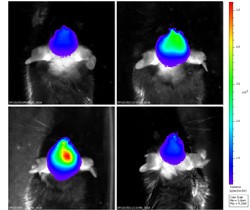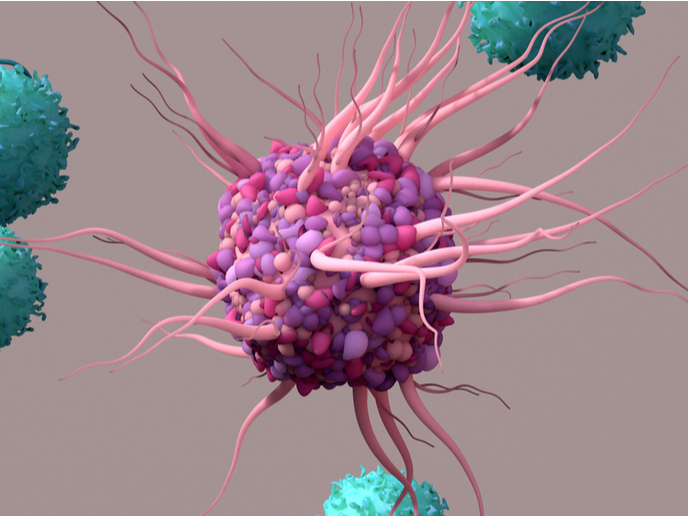Stem cells aglow for brain repair
Under the aegis of the GLOWBRAIN (Combining stem cells and biomaterials for brain repair - unlocking the potential of the existing brain research through innovative in vivo molecular imaging) project, researchers combined bioluminescent imaging (BLI) and magnetic resonance imaging (MRI) to image the brain in mice models of disease. They aimed to optimise stem cells and biomaterials to enhance stem cell delivery and integration into the brain and visualise this process in mouse models of stroke. GLOWBRAIN members recruited seven experienced scientists skilled in stem cells, biomaterials and in vivo imaging. In parallel, the infrastructure set-up was upgraded through the acquisition of a small animal MRI as well as a BLI system. To begin with, the GLOWBRAIN team developed several unique transgenic mouse models with molecular markers for brain inflammation and repair. A noteworthy development, the mouse model of intermittent hypoxia that represents obstructive sleep apnoea in humans is currently patent pending. In addition, they optimised and standardised protocols for biocompatibility testing, stem cell culture and differentiation, brain transplantation as well as in vivo and ex vivo imaging. Researchers used luciferase and super paramagnetic particles as markers to visualise the transplanted stem cells that are integrated within the mouse brain. Their double labelling strategy is unique – precise localisation and characterisation of molecular and cellular events is now possible through their multimodal imaging approach. This approach was successfully used to track the transplanted stem cell population and assess their distribution within the mouse brain. Project objectives and activities were widely disseminated through the project website and Facebook profile, and via YouTube videos. The success of the project is reflected via 13 scientific publications, 16 public lectures, 7 PhD theses, 74 abstracts, 3 workshops as well as two public events. Project activities have also resulted in the funding of 18 additional grants closely related to GLOWBRAIN research. The GLOWBRAIN preclinical platform for stem cell research in the living mouse brain makes it possible to test promising compounds for the treatment of stroke and other neurodegenerative conditions. This research platform could revolutionise brain research and ensure faster commercialisation of research results, placing the EU ahead in the regenerative medicine and molecular imaging sector.
Keywords
Stem cell, brain, nanoparticle, GLOWBRAIN, bioluminescent imaging, MRI







